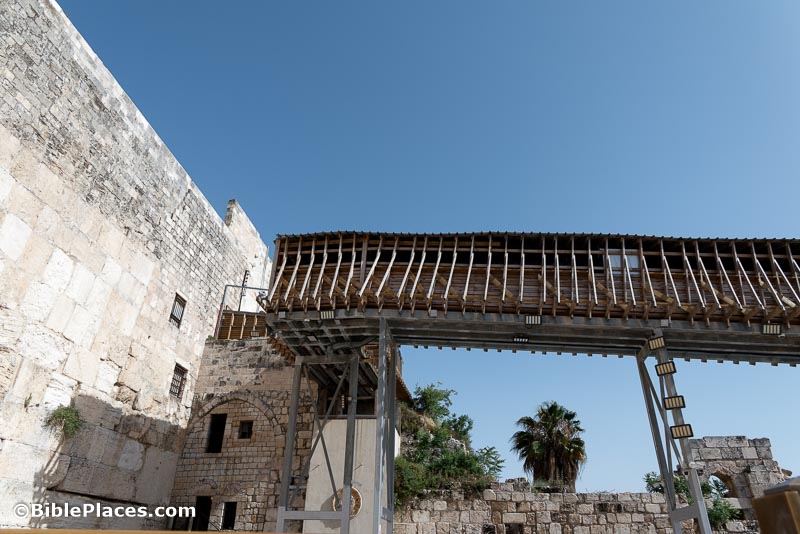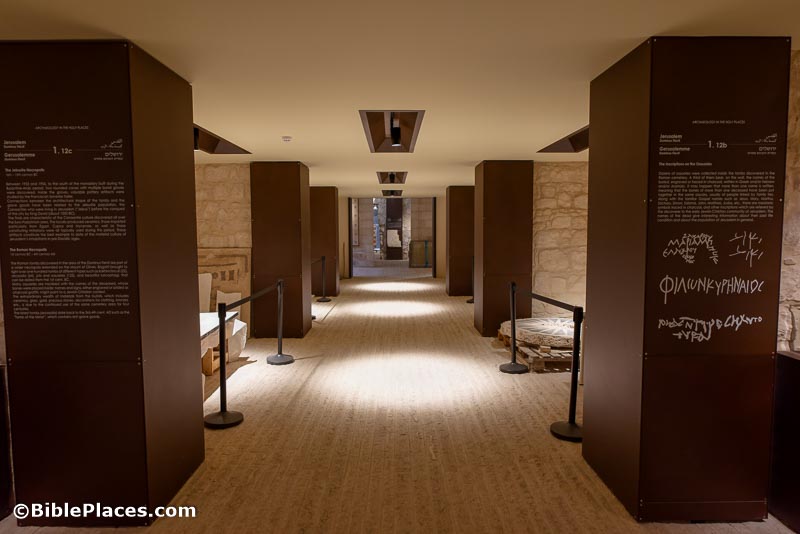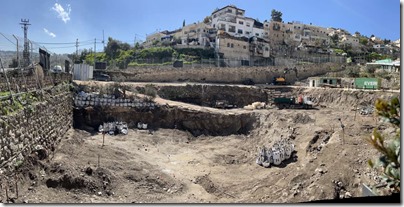The most interesting story of the week is that of the “Darius ostracon,” but I need more space for that, so see below.
There are currently 80 archaeologists working on 14 active excavations in Jerusalem. This story is focused on the Pilgrimage Road excavation.
Moshe Gilad visits the Bar’am synagogue and notes that a very “complicated and significant restoration” is underway. The story is illustrated with some beautiful photos of the site.
Aren Maeir provides a translation of a public statement made by the Israel Archaeological Association about the effect of governmental changes upon archaeological sites and research.
Ilan Sharon, longtime co-director of the excavations at Tel Dor, died recently.
A trailer is out for “Quest for the Throne of God,” a movie that follows the tabernacle and the ark of the covenant, featuring Craig Evans and Scott Stripling, produced by Gesher Media.
Season 3 of “The Holy Land: Connecting the Land with Its Stories,” hosted by John Beck, has been released.
Now to the story of the week. On Wednesday, the Israel Antiquities Authority made a dramatic announcement: a visitor walking around Tel Lachish in December picked up a potsherd reading “Year 24 of Darius,” a reference to the Persian king who ruled over the land of Israel from 522 to 486 BC. It seemed incredible that an inscription would just be laying on the surface, never before noticed, so the archaeologists worked very carefully to confirm its authenticity.
After several months of investigation by the leading researchers of the IAA, press releases were crafted, a video was created, and the discovery was announced. There was no doubt, the experts concluded, that the inscription was genuine. According to The Jerusalem Post:
A few weeks later, [Eylon] Levy received a phone call from the authority’s Saar Ganor. He said he was “on his way from the Dead Sea Scrolls labs. We’ve put it through three scanners. This is authentic. No modern hand could do it, and it’s from two and a half thousand years ago, from before the story of Purim.”
Ganor analyzed Levy’s discovery with Dr. Haggai Misgav of the Hebrew University of Jerusalem and they both confirmed that the artifact dated to the Persian royal administration at Lachish in the Achaemenid period, at the turn of the fifth century BCE.
Haaretz has this:
How confident are they in their interpretation? “Very,” Ganor answers, adding that the writing is so clear that Misgav could read it on the spot. Even so, the ostracon was of course handed over for restoration, during which process its authenticity was confirmed. The inscribed potsherd will be published in the Israel Antiquities Authority journal ‘Atiqot, vol. 110.
But on Friday someone reading about the discovery contacted the IAA to let them know that she had inscribed the potsherd in a demonstration to students. The piece was then tossed aside at the site, to be picked up several months later.
The IAA took full responsibility:
In terms of ethical and scientific practices, we see this as a very severe occurrence. Leaving the newly inscribed sherd on the site was careless.
Yes, indeed. And they are going to do something about it, working to “refresh proper procedures and policies with all foreign expeditions working in the country,” so that no one else dares leave a modern inscription at any archaeological site.
For my part, I will continue to put my full trust in the archaeological experts and their three scanners as long as we know the truth from other sources. As James Davila observes, “What are all those scans and laboratory tests worth if they can’t even identify a modern pedagogical showpiece that wasn’t intended to fool anyone?”
HT: Agade, Arne Halbakken, Gordon Dickson, Ted Weis, Explorator


